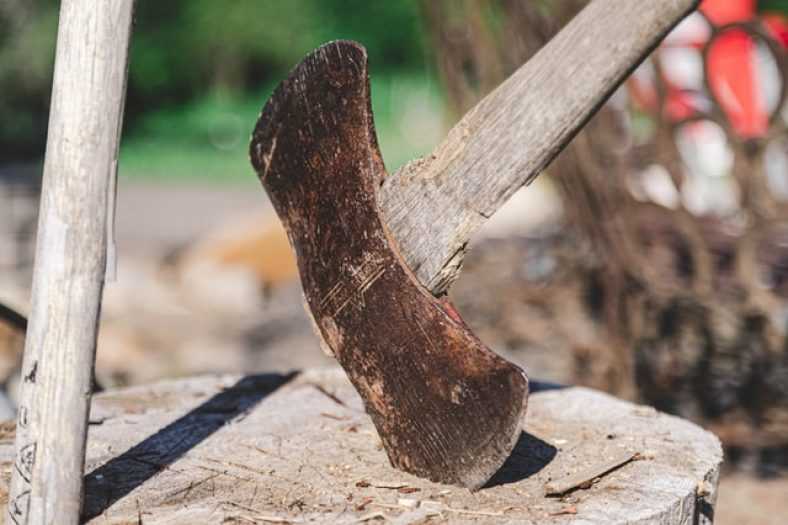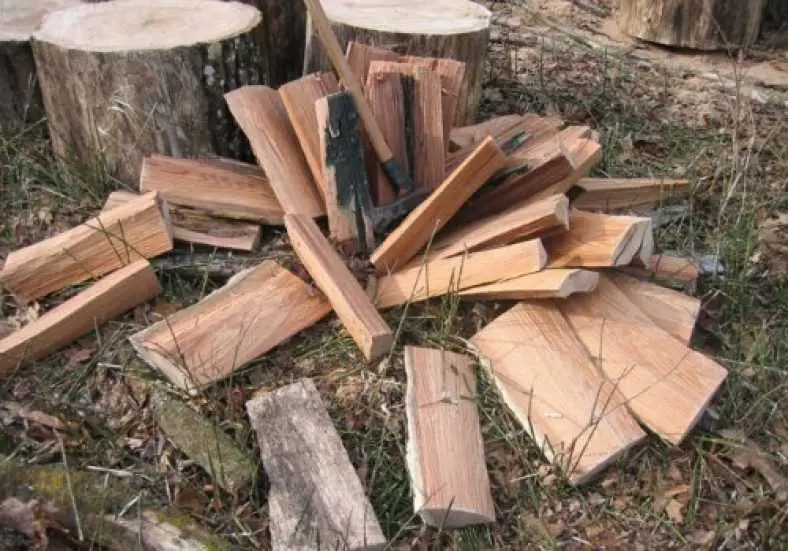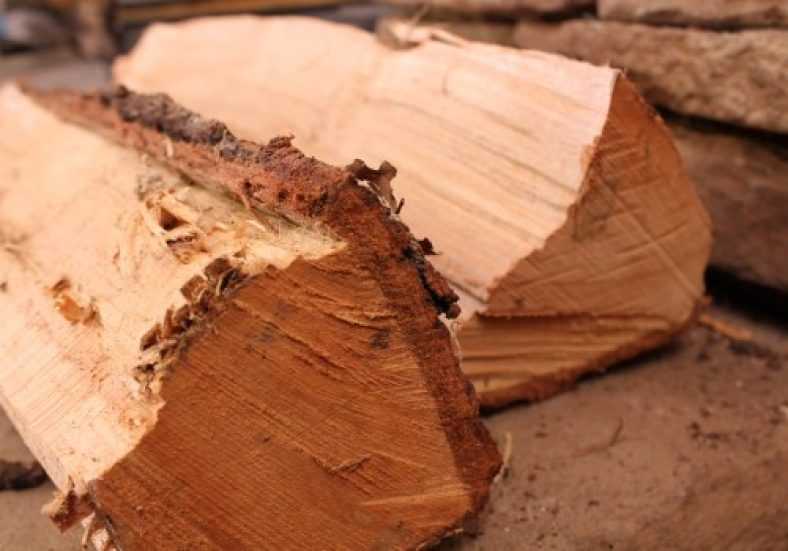Stacking firewood is an ancient practice that has been perfected for both it’s practicallity, but also it’s aesthetics.
Why Learn How to Stack Firewood Properly?
Stacking firewood is not only aesthetically pleasing and orderly, it is also essential to creating a system of easy-to-reach, dry wood that is ready to use when you need it.
Learning how to stack firewood properly helps to keep the wood from rotting or housing bugs that may make the wood smoky or difficult to light. While there is not a single correct way to build a stack, there are several things to keep in mind when learning how to stack firewood efficiently.
Things to Remember
- Keep the side with the bark facing down, and the cut side facing up and out.
- Make sure that the dry wood is accessible from the outside.
- Elevate the stack from the ground.
- Cover the stack loosely so as to allow airflow.
Keeping Cut Sides Exposed

There are many ways to achieve this goal. One of the simplest and most common methods involves stacking the wood in a tower not unlike a Jenga tower, with layers of logs crossing each other. In this method, the useable wood is pulled from the top. The lower part of the tower remains naturally spaced so that air and sunlight can dry any moisture that finds its way into the stack and preserve the wood.
There are methods which are more complicated (but unique and beautiful to see in a backyard) such as the traditional method from Germany which builds a circular “house” from logs. Cut wood is placed inside the house where it is protected from the rain or snow, but is exposed to airflow that will slowly dry out the wood.
Of course, there are commercial log stands that will help stack wood as well. These can be very useful to help properly stack wood without worrying about technique and, in a pinch, are still much better than tossing cut logs into a massive pile. If you’re interested in purchasing one of those, check out our favourite option below, otherwise, skip further down for the guide:
Make the Wood Accessible
This may seem like a silly reminder, but it is easy to forget when stacking wood. Especially with commercial log racks that often have tops or sides to them, making sure to stack the wood in a way that makes the wood accessible to remove is an important thing to keep in mind.

Do not stack the wood higher than you can reach comfortably- about 4 feet tall is a good rule of thumb if you’re unsure. Make sure the wood is not in places where it will be difficult to grip or pull out, either.
In addition, the driest wood should be available on the outside. As mentioned previously, the logs on the outside should always have the cut side facing out so that they can dry and be within reach when they are ready for use.
The exception to this is wood that is already seasoned or properly dried below 20% moisture. Wood that is already seasoned can be placed on the outside of the stack with its bark facing out to use as natural protection against rain and snow.
Elevate the Stack
Firewood should never be stacked directly on the ground. Not only will the bottom logs be ruined by moisture and mud, but the wood will become a perfect home for ants and termites. This is another case where commercial firewood racks can be useful.
They often use metal or treated wood to elevate the stack off the ground. Other options include stacking the firewood on a concrete slab or palette.
Cover the Stack
The most common mistake with stacking wood comes when it is time to cover the stack. Many people use a tarp to cover their firewood stacks to protect it from rain and snow. This is fine, but if you are using a tarp, make certain that the tarp does not come all the way to the ground.
All of the above tips will be no help if the stack is cut off entirely from sun and airflow. Only cover the top half of the stack at most when using a tarp.
Other methods to cover a firewood stack include a lean-to-style covering with treated wood or an aluminum roof (such as in the image below), or using poles to raise the tarp off of, and above the stack.
So that is the nuts and bolts of how to stack firewood. It’s important to remember that airflow is probably the most important asset when learning this skills as you want your wood to be nice and dry when you come to use it. Anyone can learn how to stack firewood, you just need to apply some patience, and consistency. Have fun!








